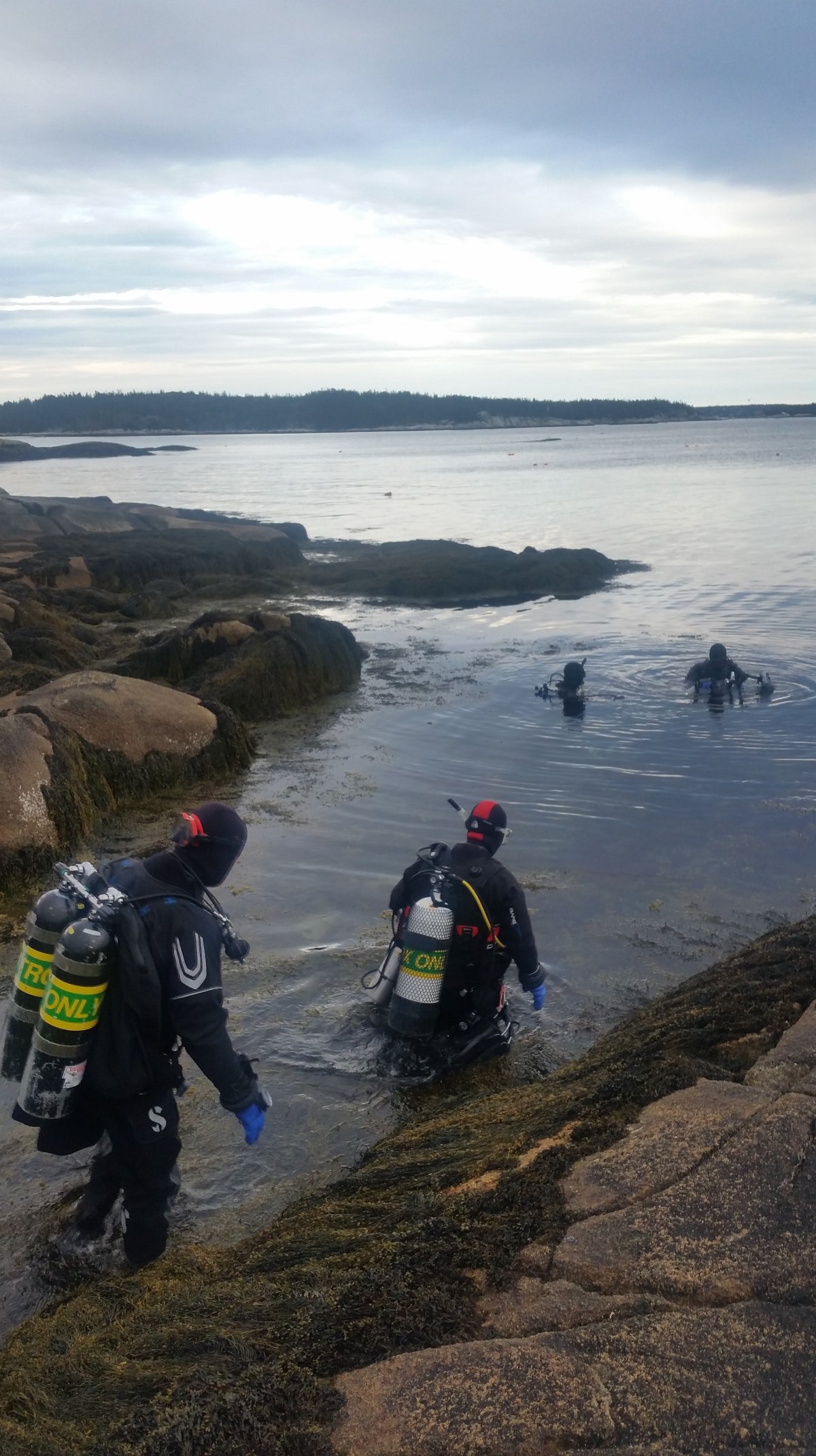Thrill-seekers who think they have seen it all on land can discover a whole new world underwater, say Canadian scuba enthusiasts.

From the Atlantic to the Pacific, prairie lakes to Great Lakes and even during winter in the Rocky Mountains — Canada has some of the best cold water scuba diving the world has to offer.
“I can best compare it to flying or going into space. You can now move in three dimensions as you enter a totally different world filled with amazing sights and creatures,” said Jason Weickert, owner of Torpedo Rays Scuba in Nova Scotia.
“Plus it’s a lot closer and safer than space travel.”
Dotted across Canada are 5-star Professional Association of Diving Instructor’s (PADI) sites that offer the highest quality service for adventurers looking to explore a new world.
According to the official PADI dive map, Canada has 59 dive shops that are PADI 5-star rating and most provinces have at least one 5-star PADI dive shop.
“Canada is a huge country that offers a variety of diving options, but the most rewarding part is how there are dive sites for all levels of divers, novice and seasoned divers alike,” said PADI AmbassaDiver and Master Instructor Michel Labrecque.
READ MORE: The coral reef off of Samoan island is dying off, scientists say
If you’re looking for a new adventure this year, why not dive in and breach the surface using one of Canada’s many PADI-certified sites.
The vast differences in marine life provide a wide variety of diving experiences on the east coast versus the west coast.
Nova Scotia

Get breaking National news
“Depending on the season, you can see several different fish species such as cod, pollock and flounder, and of course lots of crabs and lobsters. If you are doing a wreck dive you can witness the power of the ocean firsthand and see how it can tear a ship apart under water,” said Weickert.
“Many of the shipwrecks in Halifax area are from World War II and excellent dives. We also have the artificial reef HMCS Saguenay, a former Canadian navy destroyer that was sunk in 1996 in Lunenburg, N.S. The ship is now covered in marine life and is often visited by local seals as well as divers.”
British Columbia
Canada’s west coast provides year-round diving thanks to the temperate waters. The Sunshine coast is world famous as a dive site.
“With all this experience – people often ask me what my favourite spot to dive is, and even after having travelled all over the world diving – I can honestly say it is British Columbia. We have water clarity, phenomenal life, a massive variety of fish and invertebrate life. It’s incredible,” said Shannon Kozak, the owner of Ocean Pro Divers located in Surrey B.C.
Alberta
For those looking to up the adventure to the extreme – Canadians have the option to go ice diving.
“Willingness to dive in cold water is the price of entry to these submerged wonders, and adequate gear and proper training is essential to enjoying these sites safely. PADI instructors take extra care to train competent and confident divers who are well prepared for Canadian-specific conditions,” said PADI regional manager Charles Dupont.
This involves specialized equipment and a lot of preparation.
“Ice diving is really safe – we wouldn’t do it if it wasn’t. There are multiple people for one diver, and they are there to help. You go out in the winter months, cut a hole into the frozen lake, there is a lot of preparation that goes into one of these dives,” said Sheila Forsyth, Adventures in Scuba co-owner and instructional manager in Calgary, Alta. “The frozen lakes in the Rocky Mountains provides the ideal diving locations once the lakes are clear.”
Ontario
Ontario’s waterways are home to a majority of scuba diving locations dotted throughout the Great Lakes, and up into Hudson Bay. Tobermory’s Fathom Five National Marine Park offers world-class cold water diving with some hidden gems in the water.
The cold water preserves shipwrecks, some of which are over 125 years old. However, because of the turbulent water, divers should approach these sites with caution.
I travel the world as a professional underwater photographer and gladly admit Canada’s diversity of marine life on both coasts is astonishing and worth exploring — I highly recommend the world-class shipwrecks that lie in the Great Lakes and the St. Lawrence River,” said Labrecque.
Toronto’s most known dive site is in the city’s west end, at the Humber Bay Park. From this location, divers will be able to experience the sensation of open water, while still staying close to the shore.
The water does not provide a great deal of marine life, however, bass and zebra muscles are frequently seen in this area.
The cold water means divers will have to wear thick wetsuits, specialized neoprene hoods and gloves.
Upon surfacing on a clear day, the skyline of Toronto is visible to divers from within the water.
“Most people, even among scuba divers, do not realize how rich and diverse Canada’s underwater heritage is. From octopuses, wolf eels, and harbour seals on the West, to over 200 shipwrecks and fresh water diving in the centre, to world-renown colourful flora in the East, Canada truly offers everything,” said Dupont.



















Comments